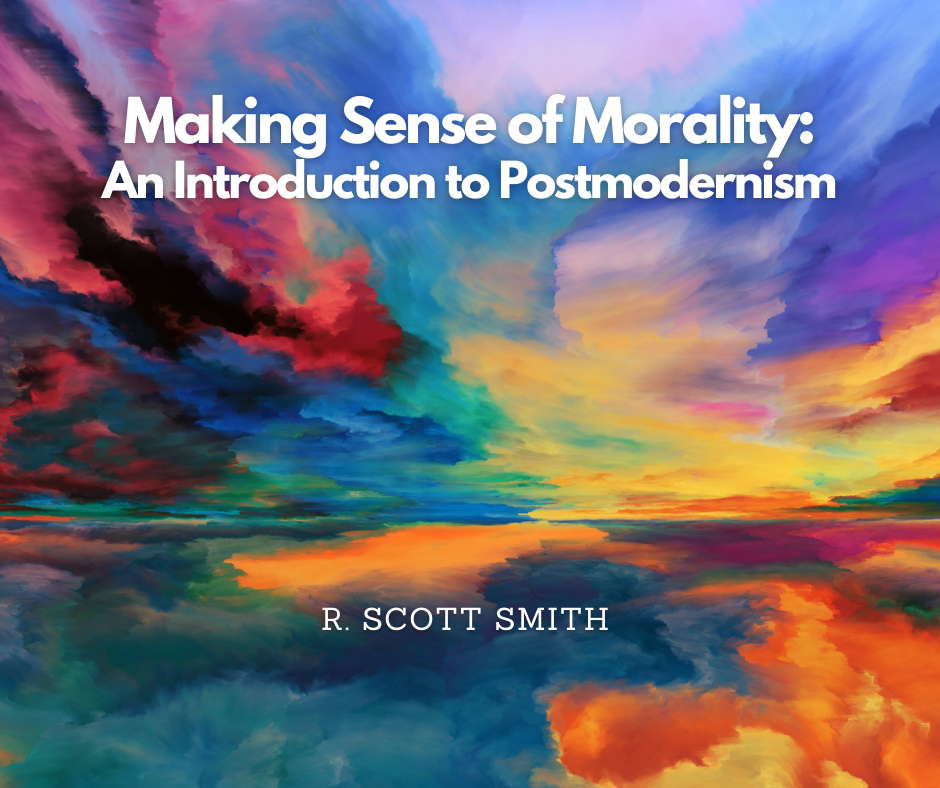Making Sense of Morality: Shifts from the Scientific Revolution
/Editor’s note: R. Scott Smith has graciously allowed us to republish his series, “Making Sense of Morality.” You can find the original post here.
Introduction
Like we have seen with Thomas Aquinas, the Scholastics’ Aristotelianism in the Middle Ages stressed metaphysics, especially real, immaterial, and universal qualities. This applied not only to human nature, but also to virtues and moral principles. As universals, many particular, individual humans can exemplify the very same quality (a one-in-many).
The Shift
With this stress upon universals and their essential natures, Aristotelianism lent itself to a more a priori (in-principle), deductive approach to science. But, this position started to shift with William of Ockham (d. 1347). Ockham rejected universals, and in its place embraced nominalism. Unlike universals, nominalism maintains that everything is particular. For instance, while we may speak of the virtue of justice, each instance of justice is particular, and they do not share literally the identical quality. Now, Plato’s universals, which held that universals (or forms) themselves are not located in space and time, and this would fit with their being immaterial. But, nominalism rejects that view. On it, all particulars are located in space and time. That implies that they are material and sense perceptible.
About two and one-half centuries later, two key philosophers in the early modern period, Pierre Gassendi (d. 1655) and Thomas Hobbes (d. 1679), embraced nominalism. Gassendi also revived Democritus’ atomism, on which the material world is made up of atoms in the void. Hobbes and Gassendi also adopted a mechanical view of the universe: it is a large-scale machine, and so are the things within it. These views shift away the reality of immaterial things and embrace instead materialism.
These philosophers helped set a basis for natural philosophy (science) in the emerging modern era. Johannes Kepler (d. 1630) adopted the mechanical view, and scientists such as Francis Bacon (d. 1626), Galileo Galilei (d. 1642), Robert Boyle (d. 1691), and Isaac Newton (d. 1727) endorsed mechanical atomism. Yet, there was a key difference in the atomism of this period from that of Democritus. Probably due to the influence of Christianity in Europe in this time, people tended to think that atomism applied only to the material realm, but not the spiritual one. They still had room for the reality of minds, souls, angels, and God.
The qualities of matter (e.g., size, shape, quantity, and location) were thought to be primary qualities. In contrast, the qualities of the spiritual realm (e.g., colors, tastes, or odors) were considered to be secondary qualities. Secondary qualities either were subjective qualities in the mind of an observer, or words that people used. In other words, they did not exist objectively.
Here, we must note something of immense importance. It was not scientific discoveries which drove this shift away from universals and a dualistic view of reality. Instead, it largely was due to the adoption of philosophical theories, namely, nominalism and mechanical atomism.
The Rise of a New Scientific Methodology
What is the significance of this shift? Boyle illustrates it well; he thought secondary qualities and Aristotelian universals were unintelligible due to what he conceived to be real in the material world. Of course, that conception was informed deeply by mechanical atomism and nominalism.
Instead of the Aristotelian paradigm, a new scientific methodology developed. It stressed empirical observation of particular, material things. On the new paradigm, things did not have essences that necessitated certain causal effects. Instead, the new scientific methodology focused on contingent causes and induction. While Aristotelianism had encountered empirical problems (e.g., the discovery of new species of which he did not know), the new methodology provided an advancement. Instead of relying overly on metaphysical theories, it emphasized the importance of empirical observation of the world.
Conclusion
These shifts in the nature of what is real, and how we know it, became deeply entrenched, and they affected ethics too. Next, I will look at Hobbes’s ethics. The key question will be: can his ethics preserve core morals?
For Further Reading
Alan Chalmers, “Atomism from the 17th to the 20th Century,” Stanford Encyclopedia of Philosophy. https://plato.stanford.edu/entries/atomism-modern/
Eva Del Soldato, “Natural Philosophy in the Renaissance,” Stanford Encyclopedia of Philosophy. https://plato.stanford.edu/entries/natphil-ren/.
Galileo Galilei, Il Saggiatore [The Assayer], in Discoveries and Opinions of Galileo. https://www.princeton.edu/~hos/h291/assayer.htm#_ftn19. Jürgen Klein, “Francis Bacon.” https://plato.stanford.edu/entries/francis-bacon/
R. Scott Smith is a Christian philosopher and apologist, with special interests in ethics, knowledge, and seeing the body of Christ live in the fullness of the Spirit and truth.







































